The guitar is a musical instrument which usually has six strings. The guitar is the most ancient and noble instrument which carries the history over 4000 years. It has been claimed that the guitar is a modified version of the medieval instrument Vihuela as of ancient Lute. And if you are a guitar junkie like I am, you probably want to learn all about these amazing instruments. So keep on reading.
It is mainly played with two hands by plucking the strings with a guitar pick or fingernails. The guitar is chordophone constructed from wood and string made of gut, nylon or steels. The modern guitar followed by the four-course Renaissance guitar, and the five-course baroque guitar, all of this are the contribution in the development of the modern six-string instrument.
The guitar is broadly divided into two types which are Acoustic guitar and Electric guitar.
Check more information on this guitar site https://bestbeginnerguitartoday.com/
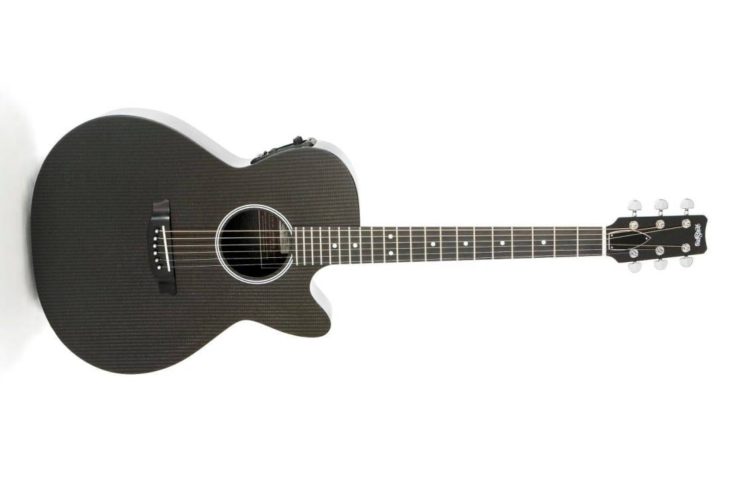
Source: Long & McQuade
Acoustic Guitar and its working
- An acoustic guitar is a type of guitar that is capable of producing sound acoustically by transferring the vibration of the strings to the air. The sound waves from the strings reverberating through the guitar’s body create a sound in an Acoustic guitar. This typically involves the use of soundboard and sound box to increase the vibrations of the strings. The guitar has six strings for tuning from low to high, i.e., E2 A2 D3 G3 B3 E4. The primary source of the sound in an acoustic guitar is the work of the string, which is plucked with the finger or with a pick. The string vibrates at a proper frequency and creates many harmonics at different frequencies. The frequencies depend on string length, mass, and tension.
- The string helps the soundboard and sound box to vibrate. The soundboard or the top of the Acoustic guitar has a strong effect on the loudness of the guitar. Woods that actually are good at transforming sound commonly used for the soundboard. No amplification occurs in this process, because the musician does not use any external energy to increase the loudness of the sound. (As the case of the electronic amplifier). Total energy is provided by the plucking of the string.
- The soundboard help to increases vibration in a process called mechanical impedance matching. The soundboard can move the air much more easily than the string as it is large and flat. There are mainly three types of modern acoustic guitar – the classical guitar the steel-string acoustic guitar, and the archtop guitar, which is sometimes called jazz guitar.”
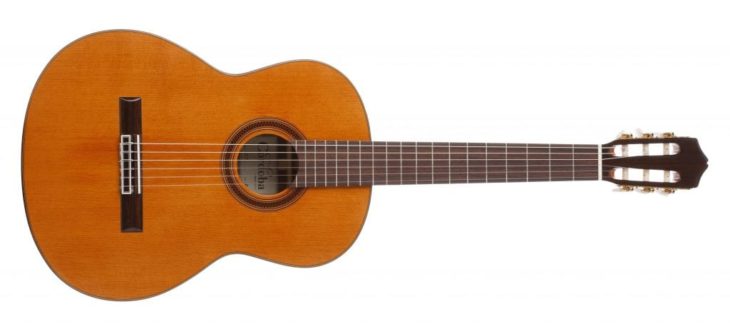
Source: Sam Ash
Classical Guitar
-
- The classical guitar is also known as the nylon-string guitar or the Spanish guitar. Classical is a member of the guitar family used mainly in classical music. The traditional classical guitar has twelve frets and is properly held on the left leg so that the hand that plucks the strings remain near the back of the sound hole, this position is called the classical position. Visit here to know more about classical guitars.
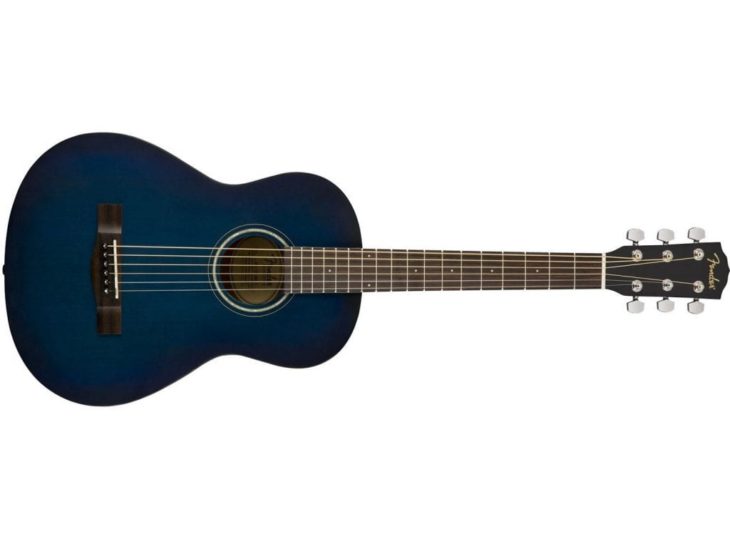
Source: Sam Ash
Steel-String Acoustic Guitar
- A steel-string acoustic guitar is a form of guitar that descends from the nylon-string classical guitar. Its strings are made of steel for a brighter, louder sound. Steel-string guitars vary in the construction of body and materials. The modern steel string guitar has fourteen frets clear of the body. It is commonly played off the hip.
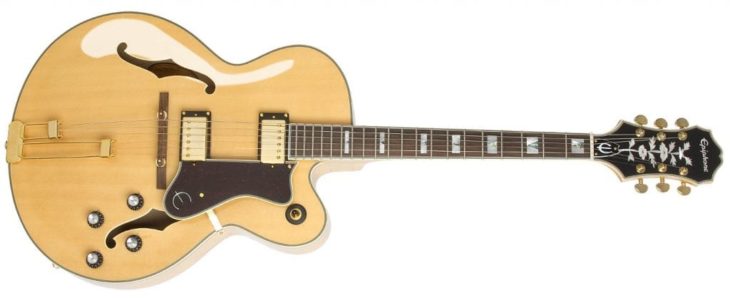
Source: Epiphone
Archtop Guitar
- An archtop guitar is a hollow body steel-string acoustic or semi-acoustic guitar. It is a full body and a distinctive arched top and back, whose sound is particularly popular with jazz, blues, rockabilly, and psychobilly. It has a 14 fret neck join with a movable adjustable bridge. F-holes in the guitar are similar to members of the violin family

Source: Live And Learn
An introduction to latest Electric guitars
- An electric guitar is a guitar that uses for more pickups which can convert the vibration of the strings into electrical signals. The vibration occurs when a guitar player plucks the strings.
- The pickup used to understand the vibration through electromagnetic induction. In the case of the signal generated by an electric guitar is too weak to drive a loudspeaker, so guitar amplifier is used before sending to the speaker, converts it into audible sound. The signals are modified using effects like reverb, and distortion. Later, the effect is considered as a key element for electric blues guitar and rock
History of Amplified Electric Guitars
- In 1931, the amplified electric guitar was used by jazz guitar players, who wanted to play guitar solos in the front of a huge audience. During the 1950s, the electric guitar became the most essential instrument in popular music. It has evolved into an instrument that can able to produce multiple sound and style popular in pop and rock, blues and jazz. It served as an important component in the generation of music by developing electric blues, rock music, and heavy metal music.
Electric guitar design varies in the shape of the body, the configuration of the neck, bridge, and pickups. Guitars may have a fixed bridge or spring-loaded bridge, which support the players to bend the pitch of chords up or down.
The sound of the can be modified by new techniques such as string bending, tapping, and hammering-on. There are different types of electric guitar depend upon the characteristic – which are the solid-body guitar; the hollow-body guitars; the six-string guitar (tuned E, B, G, D, A, E, from lowest to highest strings); the seven-string guitar, (adds a low B string below the low E); and the (six pairs of strings), Electric bass guitar commonly known as electric bass.
In pop and rock music, the electric guitar is often used in two roles: as a rhythm guitar, which plays the chord sequences or progressions and sets the beat and in the lead guitar which uses in instrumental melody line and . In a small group, power trio can manage. In large rock, there will be a rhythm guitarist and a lead guitarist.
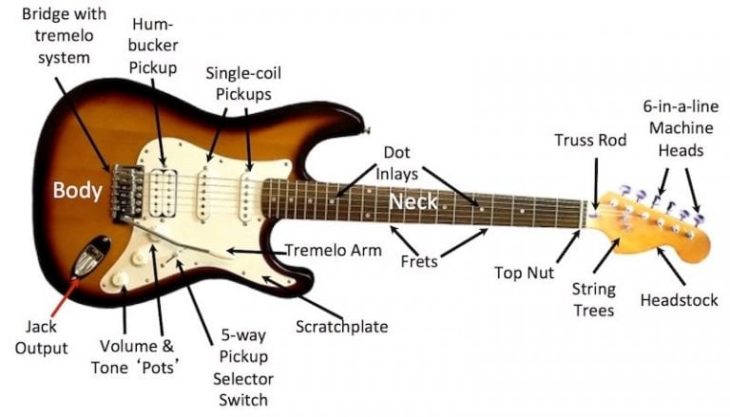
Source: Neath Music Academy
Important Components of Guitar
-
- Head– The head is located at the end of the guitar neck far from the body. It is added with machine heads to adjust the tension of the strings. The traditional tuner having layout “3+3”, each side of the headstock has three tuners makes headstocks symmetrical.
- Neck– A guitar parts frets, fretboard, tuners, headstock, and truss rod, all are attached to a long wooden extension collectively known as the neck. The wood used to make the fretboard is different from the wood from the rest of the neck. The bending stress on the neck occurs when heavier gauge strings are used. The ability of the neck to resist bending is important to hold a constant pitch during tuning. The rigidity of the neck with respect to the body of the guitar is one of the facts that determine the quality of the guitar.
- Frets– Frets are the metal strips embedded in the fretboard. A string against a fret determines the strings’ vibrating length and its resultant pitch. The pitch of each consecutive fret is defined at half-step interval on the chromatic scale. The classical guitars have 19 frets and electric guitars between 21 and 24 frets.
- Truss rod– The truss rod is a thin and strong metal rod that runs inside the neck. It is used for correction of the neck’s curvature caused by aging of the timbers, changes in humidity or changes in the tension of strings.
- Inlays- Inlays are the visual elements of a set into the exterior surface of a guitar used for decoration, artistic purposes and to guide the performer about the location of frets on the guitar. Inlays range from plastic dots on the fretboard to cover the entire exterior surface of a guitar. Inlays are shaped like dots, diamond shapes, parallelograms, or large blocks.
- Body– The body of the guitar is a major determinant of the overall sound quality in Acoustic guitar. The guitar top, soundboard, is crafted and an engineered element made of spruce and red cedar String vibration is transmitted through the bridge and saddle to the body through the soundboard. Timbers for tone woods are used for strength and ability to transfer mechanical energy from the strings to the air insert within the guitar body.
- Strings – Normally a standard guitar has six strings, but four, seven strings, eight, nine ten, eleven, twelve, thirteen, and eighteen-string guitars are also available. Classical guitars historically used gutstrings, but these have been superseded by polymer materials, such as nylon and in modern guitar strings are made of metal.
Still not sure what guitar to buy, check out Musiccritic.com. You can read a comprehensive guide of equipment comparisons and cost, so you can choose the guitar that’s right for you.
Amplifiers
- Electric guitars and bass guitars used with an amplifier and loudspeaker in order to make a high sound to be heard by the performer and audience. Electric guitars and bass guitars use magnetic pickups, which generate an electric signal by plucking, strumming or otherwise playing the instrument. The amplifier and speaker strengthen this signal by using a power amplifier and a loudspeaker.
- Acoustic guitars, which are equipped with a piezoelectric pickup/microphone, can able to plug into an instrument amplifier or PA system to make them louder. In Electric guitar, the amplifier and speaker are not just used to make the instrument louder it also used in adjusting the equalizer controls, the preamplifier, and any onboard the player can also modify the tone and sound of the guitar.
